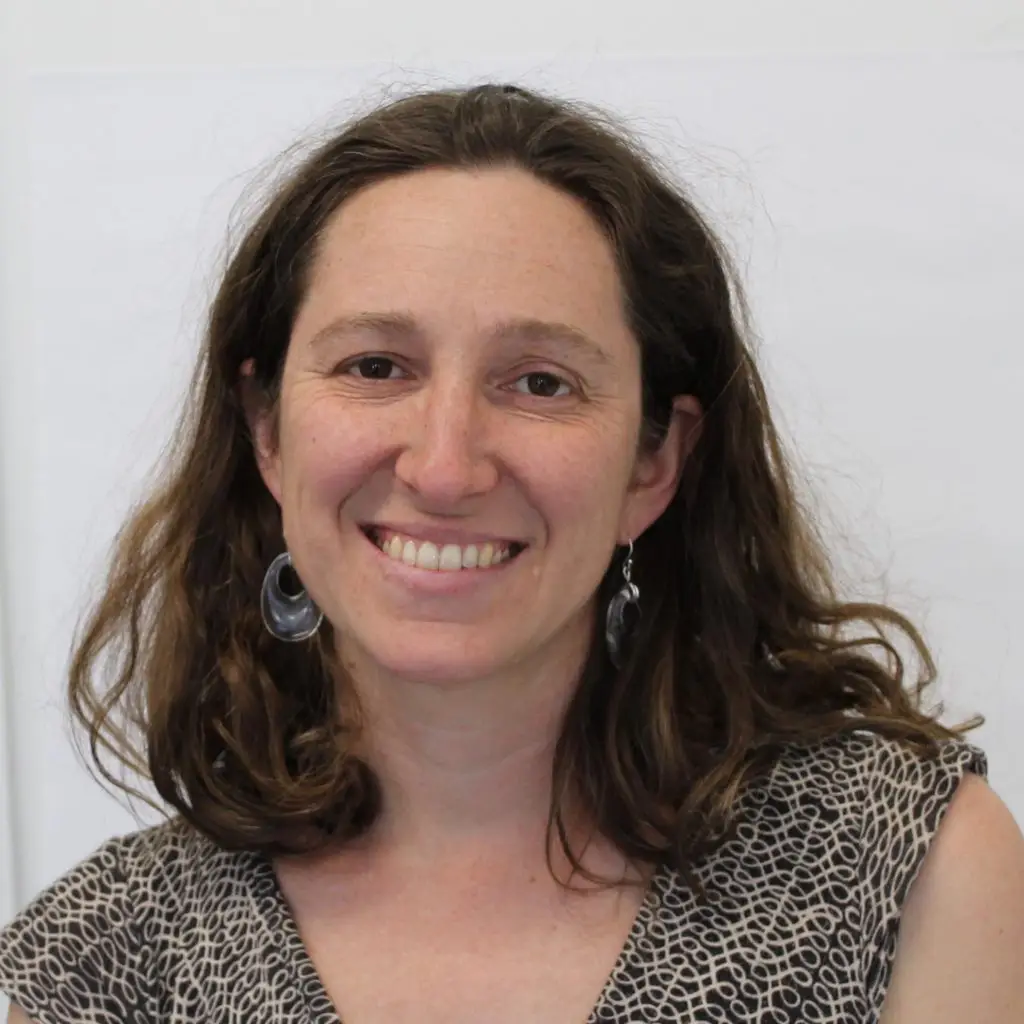Thousands of students in about half of Colorado’s school districts attend school four days a week. These small, rural districts try to do in four slightly longer days what others accomplish in five. Why? Some say they are trying to save money. Others say a shorter work week helps recruit and retain teachers. For others, the four-day week opens up the fifth, unscheduled day for families to take children to appointments or travel for sports events.
While families and teachers tend to be satisfied with the four-day school week, the benefits districts hoped for rarely materialize. Shorter weeks bring minimal cost savings. Districts still struggle to recruit enough qualified teachers. Academic results under the schedule are mixed, suggesting it may be fine for some students or districts, but harmful for others. Four-day weeks bring some benefits—like increased attendance and decreased discipline rates. But they also bring new challenges, like keeping students from falling behind after a three-day weekend and ensuring working parents have childcare. Rural communities that struggled on a five-day school week continue to struggle on a four-day school week. And, communities still face serious challenges: shrinking enrollment, depressed tax bases, and low college enrollment rates.
Photo courtesy of the Donnell-Kay Foundation
Is there some way to do things differently? The Center on Reinventing Public Education has followed implementation of the four-day school week across the country and long studied how education systems can better meet the needs of students and communities. The Donnell-Kay Foundation has visited, learned from, and worked with school districts across Colorado that are using a four-day school week. The foundation is now helping districts use the unscheduled fifth day for new kinds of learning.
We find the schedule switch raises deeper questions about the structure of public education and reveals the pressures that prompted many rural districts to make the change in the first place. Experiments in these districts reveal new ways schools can use community assets, coordinate across district lines, and enable student-led learning. These efforts may point the way to a more fundamental reinvention of public education.
Community Assets
When districts move to a four-day school week, they free up a fifth, unscheduled day. Some offer intervention programs or monthly, full-day teacher collaboration time. Some send students to local community college classes, and others arrange apprenticeships. The shift to a four-day school week presents a new opportunity for schools to explore those possibilities. In communities that made the shift, people and organizations—often at the behest of superintendents—have stepped in to offer new learning opportunities on the fifth day. In Campo, Colorado, a community member with a degree and professional work experience in the arts offers a fifth-day theater program.
Districts that host fifth-day programs are challenging a longstanding assumption that there is one space called “school” and another, totally separate space called “out-of-school.” Learning happens in both spaces, but schools have often neglected to think about how learning across the two can be connected. Educators may not see a clear path to offering credit for learning that students are doing in a community context, whether that be on a four- or five-day schedule. In Colorado, policy already exists to do this. Districts have freedom to decide how they award credits, and state law gives them an opportunity to apply for even more flexibility. A district, or a group of its schools, can form a network of Innovation schools. These schools can apply to the state for waivers from laws that dictate scheduling and hiring.
In addition to connecting students with learning opportunities outside of school, districts can look for creative ways to bring the community into their classrooms. Schools already contract with outside service providers to perform academic evaluations for homeschool students or provide therapy for children with special needs. They could employ a similar approach to broaden their academic offerings—perhaps for entire courses or subjects. For example, a school district in Colorado could enter into a contract with Young Aspiring Americans for Social and Political Activism to provide courses in civics.
Under the new Elementary and Secondary Schools Act (ESSA), school districts can validate learning experiences various providers offer in or out of school, as long as a qualified ”teacher of record” reviews the program and assesses the progress of participating students. We see can this in action in New Hampshire, which is experimenting with mechanisms that would award course credit for learning that happens outside of school.
The Teton Science School in Wyoming implemented place-based learning, a curricular model that embeds learning in the history and natural environment of the school’s community. Inspired by what it has learned, the school is now spreading its model over a network of partner schools across the country. Its model offers an important lesson for the public education system as a whole: every community offers a range of learning opportunities, and schools can help their students make the most of them.
Cooperation Can Make It Happen
Many small school districts in Colorado participate in sports cooperatives. For example, in Southeast Colorado, the districts Campo, Vilas, and Pritchett share the cost of coaches and sports programs. These three communities have also discussed cooperating to offer after-school and fifth-day programming. But why stop there? The districts could each hire teachers in a specialized subject—art, physics, or a foreign language—who could offer programs on a rotating basis. These could be immersive courses at full credit or semester-long classes where teachers are only onsite for direct instruction for a few days or weeks at a time—similar to the scheduling of college courses or seminars. The rest of the time, students could work on projects, with teachers available through video conferencing and email.
The Summit Sierra charter network in California uses a similar model for its eight charter schools. Electives are offered in two-week blocks. Teachers hired by the network provide classes to all schools. Rural districts do not have the benefit of being part of a network that can hire teachers, but they could create one. In Minnesota, rural districts have long used co-ops to hire services for students with disabilities. The little district of Peyton, Colorado, offers another example of what this might look like. This district set up a woods manufacturing career and technical education (CTE) program, but with only 600 students in the entire district, it worried about sustaining the program. Peyton’s superintendent coordinated with Widefield, another small district, to open a facility they now share. At this facility, called The Mill, both Peyton and Widefield offer CTE classes to students from six neighboring schools. A board, which includes both superintendents, governs the collaborative effort.
We have long thought of teachers, and students for that matter, as belonging to one school district or another. However, if leaders look across school districts, they will identify subjects and educators that can be shared. And, this approach does not need to be limited to career education, or even secondary schooling. Younger students in primary grades might also benefit from these shared programs.
Youth Can Lead the Way
Education leaders focus a lot of energy and time on systems, policy, and governance. They also spend an enormous amount of effort on the adults in the system. Young people themselves are rarely mentioned. Yet there are 863,561 students in Colorado alone, representing a lot of untapped teaching potential.
Small, rural districts can look to youth to lead learning opportunities for themselves and their peers through online platforms, independent study efforts, or new initiatives such as Grip Tape. When given the chance, youth can and will take ownership of their learning, but how does a school or school system unleash that potential? First, get out of the way. Grip Tape has shown that when youth are directly asked about their learning, given ownership, and provided the necessary resources (money and mentorship) they will quite successfully develop high-quality learning experiences. Second, assign youth teachers to help students reflect on and capture learning. Youth and educators can work together to create assignments and courses, align experiences to standards or learning expectations, and assess the quality and depth of learning.
Beyond the Four-Day School Week
Who is better situated to take advantage of these new learning paradigms than schools and districts on the margins of our education system? Education policy often focuses on urban areas. But rural districts, forced by necessity to think beyond the traditional school week, can lead our nation toward a model of learning that is more holistic and community-embedded, where educators and schools become partners with youth and community to provide a robust and rigorous education. They just might become leaders and models for a broader transformation of public education.
Antonio Parés is with the Donnell-Kay Foundation, where he works to ensure that all Coloradans have access to a relevant and responsive education through the deployment of disruptive and innovative strategies, and the informing and influencing of policy and policy leaders.





